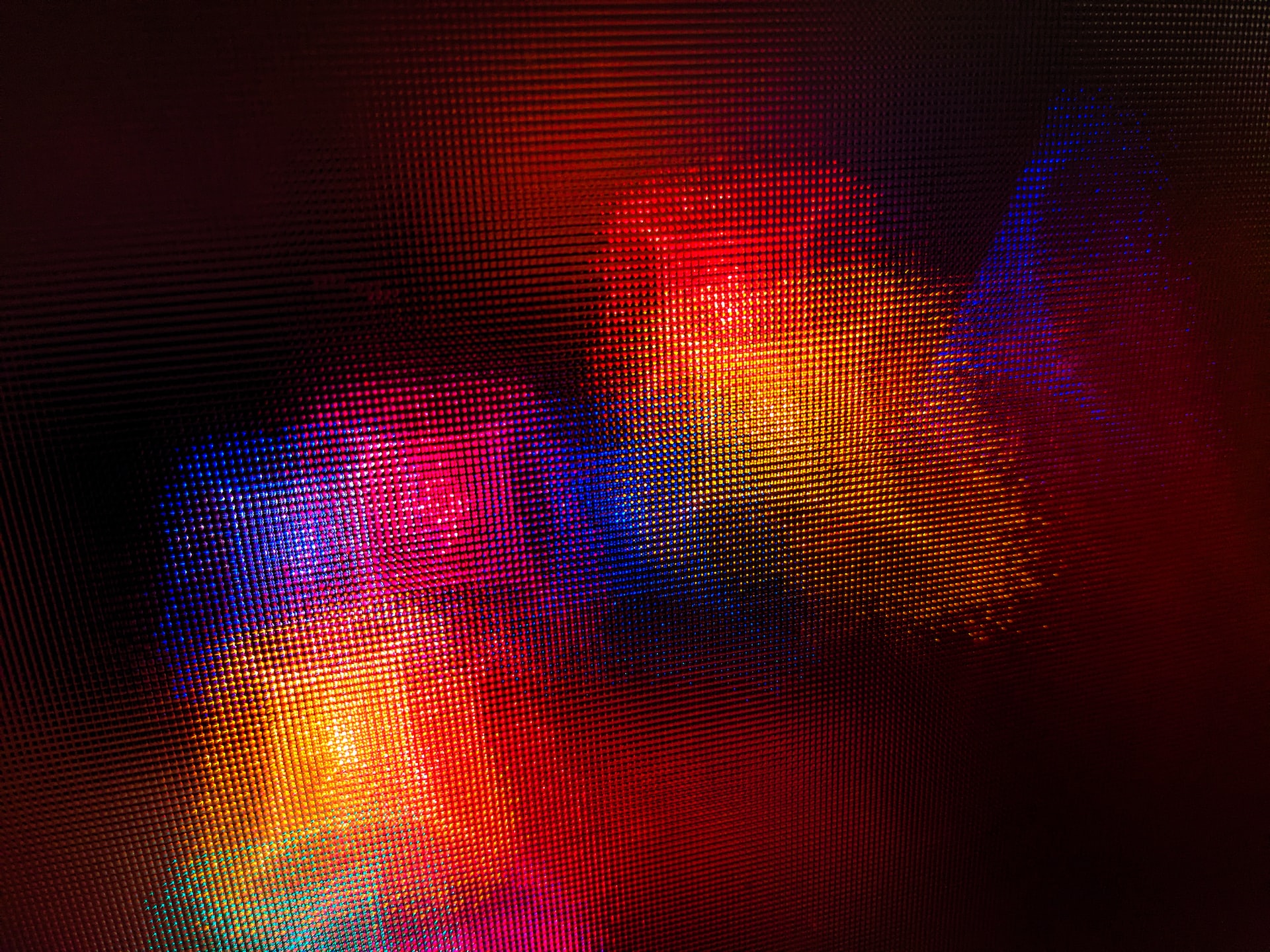Hey there, music lovers! Ever wondered how Ed Sheeran's smooth vocals manage to sneak into your car all the way from a recording studio across the ocean? Or how Beyoncé's beats bounce into your breakfast nook? Well, hold on to your headphones, because we're about to embark on an exciting adventure into the fascinating (and slightly nerdy) world of the science behind sound and broadcasting.
Let's kick off this party with the basics. Sound? It's basically your ear catching a vibe - literally. You see, sounds are just vibrations travelling through the air (or any other medium, for that matter) which your ear collects and your brain translates into 'Sweet Symphony' or 'Annoying Traffic Horn.' But enough about your neighbor's late-night car alarm, let's get back to the cool stuff.

So, how do these sweet tunes make their way from a recording studio to your eager ears? Magic? Alien technology? Well, kind of - it's called radio waves. And no, they're not the waves you ride at the beach. They're a type of electromagnetic wave, and they have this super power of moving through space at – wait for it – the speed of light! Not even The Flash can compete with that!
Here's where it gets wild. These radio waves are invisible, untouchable, and travel through just about anything – walls, mountains, even you! They're like the ninjas of the natural world, moving invisibly through obstacles, carrying their precious cargo of pop songs and podcast episodes.
So, next time you're jamming to your favorite tunes, give a little nod to the science that makes it all possible.Back in the day, when our grandparents were busy inventing rock and roll (thank you, by the way), radio technology was just in its infancy. Marconi was a lad who figured out how to harness these sneaky radio waves to carry sounds across long distances. Fast-forward a century or so, and we've got digital radio, satellite radio, internet radio, and probably some other types of radio that haven't been named yet.
Speaking of the future, who knows where radio technology might take us next? Perhaps we'll have intergalactic radio stations, blasting the latest Martian hits. Or maybe we'll finally get those flying cars we've been promised, with a built-in AI DJ that knows your music taste better than you do (creepy but cool, right?).
So, next time you're jamming to your favorite tunes, give a little nod to the science that makes it all possible. And remember, whether it's the complex world of sound engineering or the invisible journey of radio waves, there's a whole lot of wizardry in every beat!
So, there you have it, folks, a little peek behind the curtain at the magical world of sound and broadcasting. Hope you enjoyed this fun-filled ride as much as I did writing it. Stay tuned for our next exploration where we decode the mystery of why certain songs become earworms (looking at you, 'Baby Shark'!).
Keep those radios on, folks, and keep the music playing!